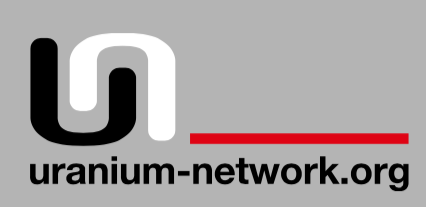by Kathy Marks in Sydney
The Independent
April 14, 2011
Since Japan’s Fukushima nuclear plant began leaking radiation after
last month’s earthquake and tsunami, those watching with consternation
have included the Mirarr Aboriginal people of Australia’s Northern
Territory, who are determined to limit uranium mining on their land
despite the promise of vast riches.
The Mirarr are the traditional owners of land where uranium has been
mined for more than 30 years and exported all over the world. Tepco,
which operates the Fukushima plant, is a long-standing customer of
Ranger, the principal mine.
The senior traditional elder in the area, Yvonne Margarula, has
written to the UN Secretary- General, Ban Ki-moon, expressing her
people’s sorrow about Japan’s suffering, and their concern about the
nuclear emergency.
“Given the long history between Japanese nuclear companies and
Australian uranium miners, it is likely that the radiation problems at
Fukushima are, at least in part, being fuelled by uranium derived from
our traditional lands,” she said. “This makes us feel very sad.”
Ms Margarula also told Mr Ban that events in Japan had strengthened
the Mirarr’s resolve to oppose work at a second mine, named Jabiluka
— the world’s largest known undeveloped uranium deposit. Instead,
they want to see Jabiluka incorporated into Kakadu, the World
Heritage-listed national park where Ranger is also located.
Uranium mining has a troubled history in the area. The Ranger deposit
— now operated by Energy Resources of Australia (ERA), a subsidiary
of the Anglo-Australian mining giant Rio Tinto — was developed
against the Mirarr’s wishes. Jabiluka, also leased by ERA, has been in
limbo since 1998, when thousands of people staged an eight-month
blockade there at the Mirarr’s urging.
Although the traditional owners have received royalties of more than
A$200m (£129m) from Ranger, Ms Margarula told a parliamentary inquiry
in 2005 that mining had “completely upturned our lives, bringing
greater access to alcohol and many arguments between Aboriginal
people, mainly about money”.
She added: “Uranium mining has also taken our country away from us and
destroyed it — billabongs and creeks gone for ever. There are hills
of poisonous rock and great holes in the ground with poisonous mud.”
Situated within the boundaries of Kakadu, the Ranger and Jabiluka
leases were excluded when the national park was World Heritage-listed.
Although the 70 landowners would reap billions in royalties if
Jabiluka went into operation, placing them among the ranks of
Australia’s richest people, they want the site protected for ever.
They have held a veto over its development since 2005.
Ms Margarula told The Age newspaper that the Mirarr’s ancient
“Dreaming” stories warned that a lethal power named Djang would be
unleashed if their lands were disturbed. Her late father, Toby
Gangale, had warned the Australian government in the late 1970s, when
mining began at Ranger, that Djang “might kill all over the world”,
she said, adding: “No one listened to him.”
Australia has the world’s largest reserves of uranium, with great
quantities identified at a mine called Olympic Dam, in South
Australia.
The Mirarr’s willingness to forgo untold riches may seem hard to
believe, but it has a precedent. Last year, Jeffrey Lee, the
traditional owner of a uranium deposit at Koongarra in Kakadu, gave
the land to the national park.
